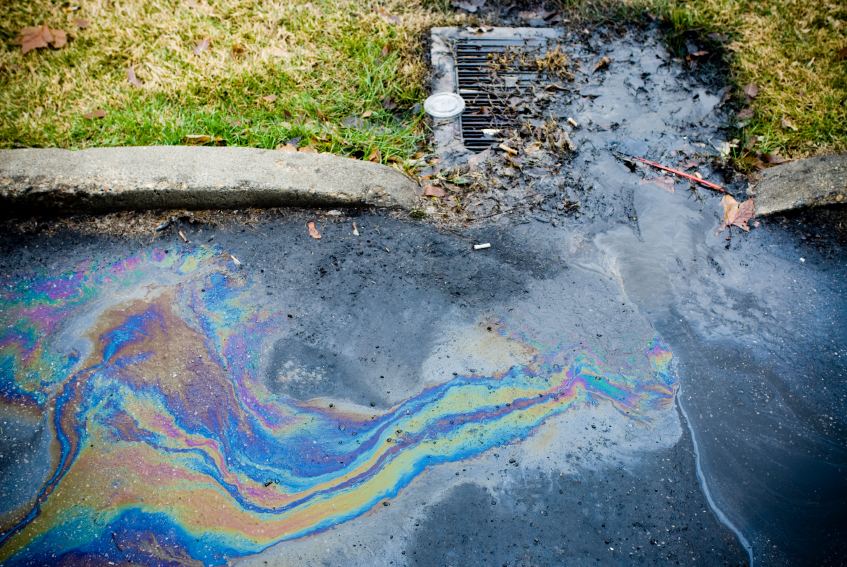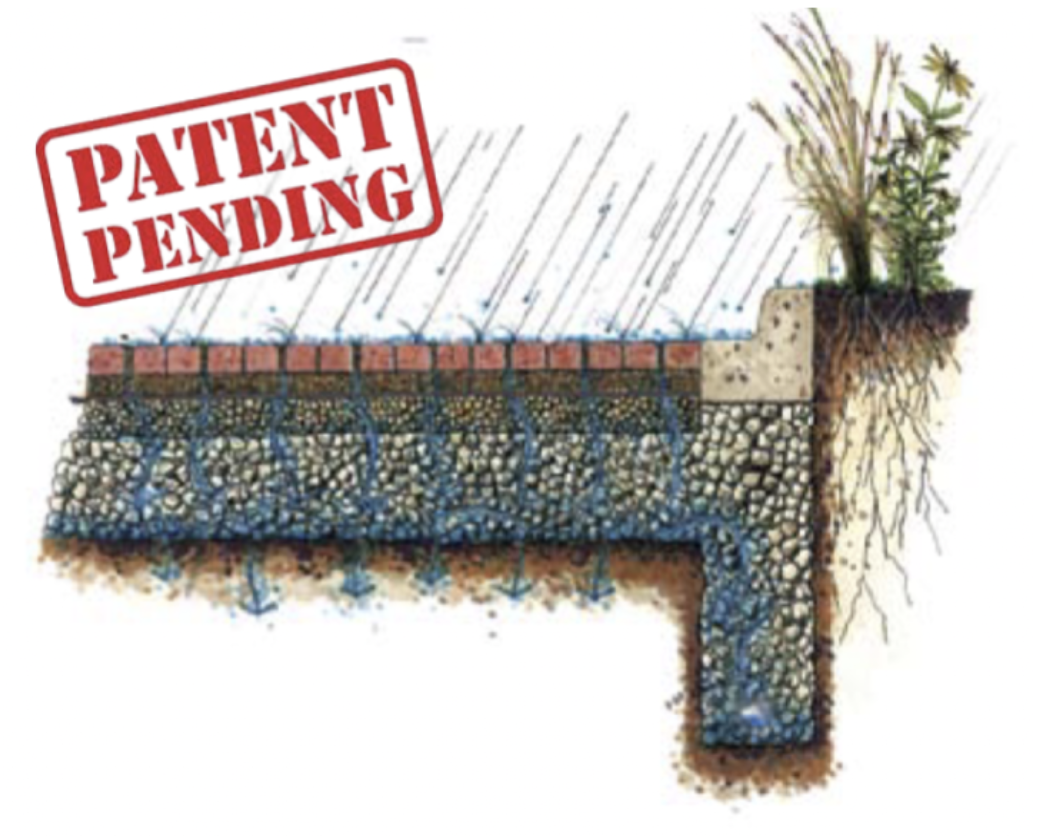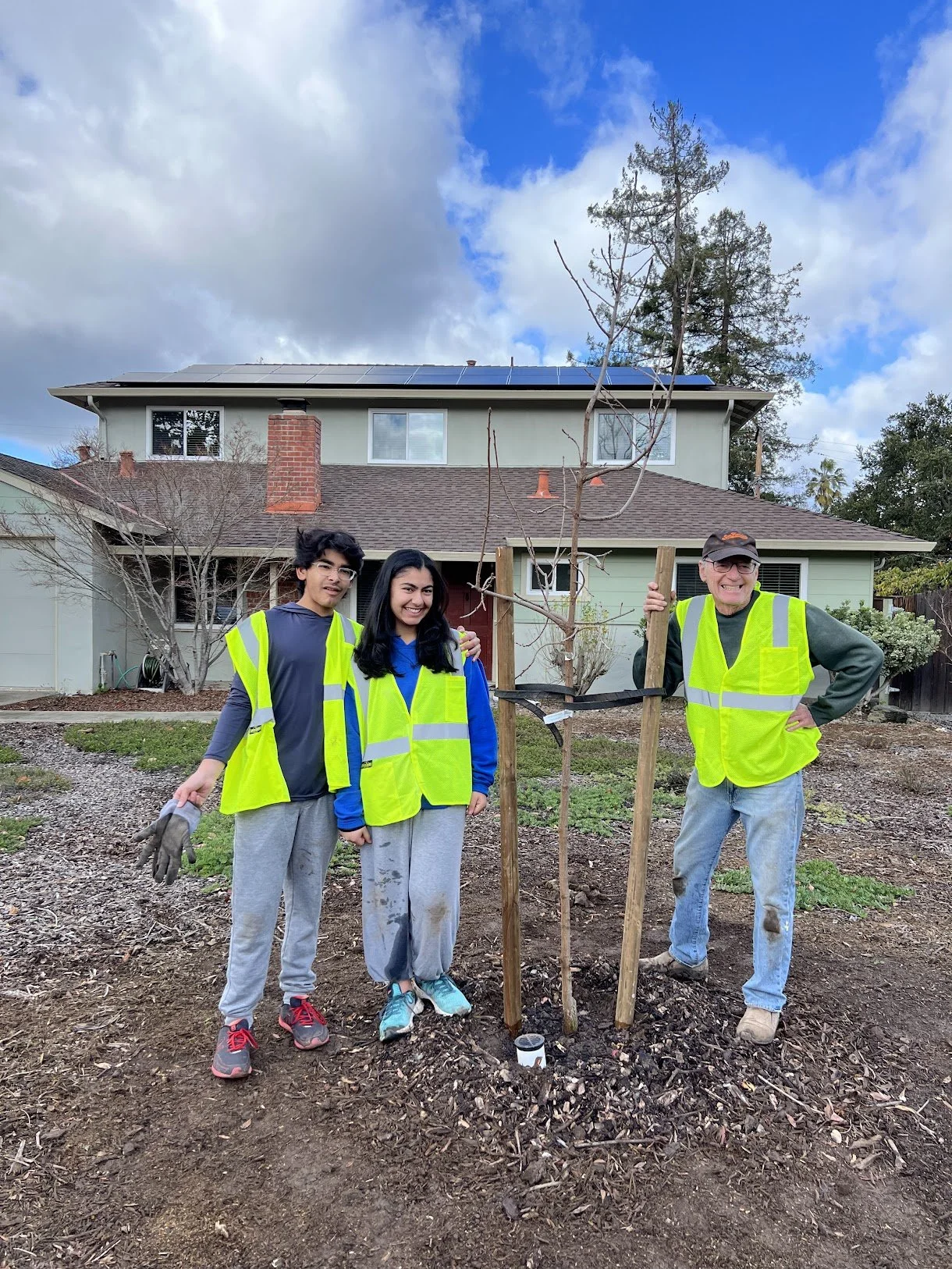
Conservation Solutions
The Problem
One of the single largest sources of pollution is stormwater runoff. Runoff flows through the system of curbs and gutters to storm drains that empty directly into watersheds. Along the way, beautiful rain transforms into a pollutant.
Stormwater runoff picks up oil, grease and metals from cars, chemicals that leak from asphalt, fertilizer, herbicides and insecticides from our landscape, and pet waste laden with bacteria and viruses. These pollutants pose health risks to humans, wildlife, and plants.
Our Solution: Permeable Surfaces
Permeable pavers and surfaces, also known as porous or pervious surfaces, are a type of paving solution designed to allow the passage of water through their surface, thereby reducing runoff and facilitating natural groundwater recharge. Unlike traditional impermeable paving materials, permeable pavers are laid with gaps or are composed of porous materials that permit water to penetrate the surface and into a specially prepared sub-base layer beneath.
We created a permeable-surfaces handbook. By simplifying complex environmental engineering concepts into accessible guidelines, we've empowered homeowners and local communities to take direct action in improving water management.
So next time you are looking to change your pavers or redo your yard or garden, take a look at our Patent Pending Handbook below!
Learn More About Our Solution
Our Permeable Pavers Handbook published as a featured solution by Greentown Los Altos, a nonprofit organization dedicated to environmental advocacy and community engagement in the Los Altos and Los Altos Hills area.
Other Projects
Volunteering for the 500 Trees initiative
500 Trees is a GreenTown Los Altos campaign to plant trees in Los Altos and Los Altos Hills. Trees play an important role in the community. They improve air quality, provide shade, decrease stormwater runoff, provide habitat for birds and other wildlife and increase the overall attractiveness of a community. The primary goal of the campaign is to plant 500 trees in public spaces—parks and schools—and in front and side yards of private homes, within public view.







